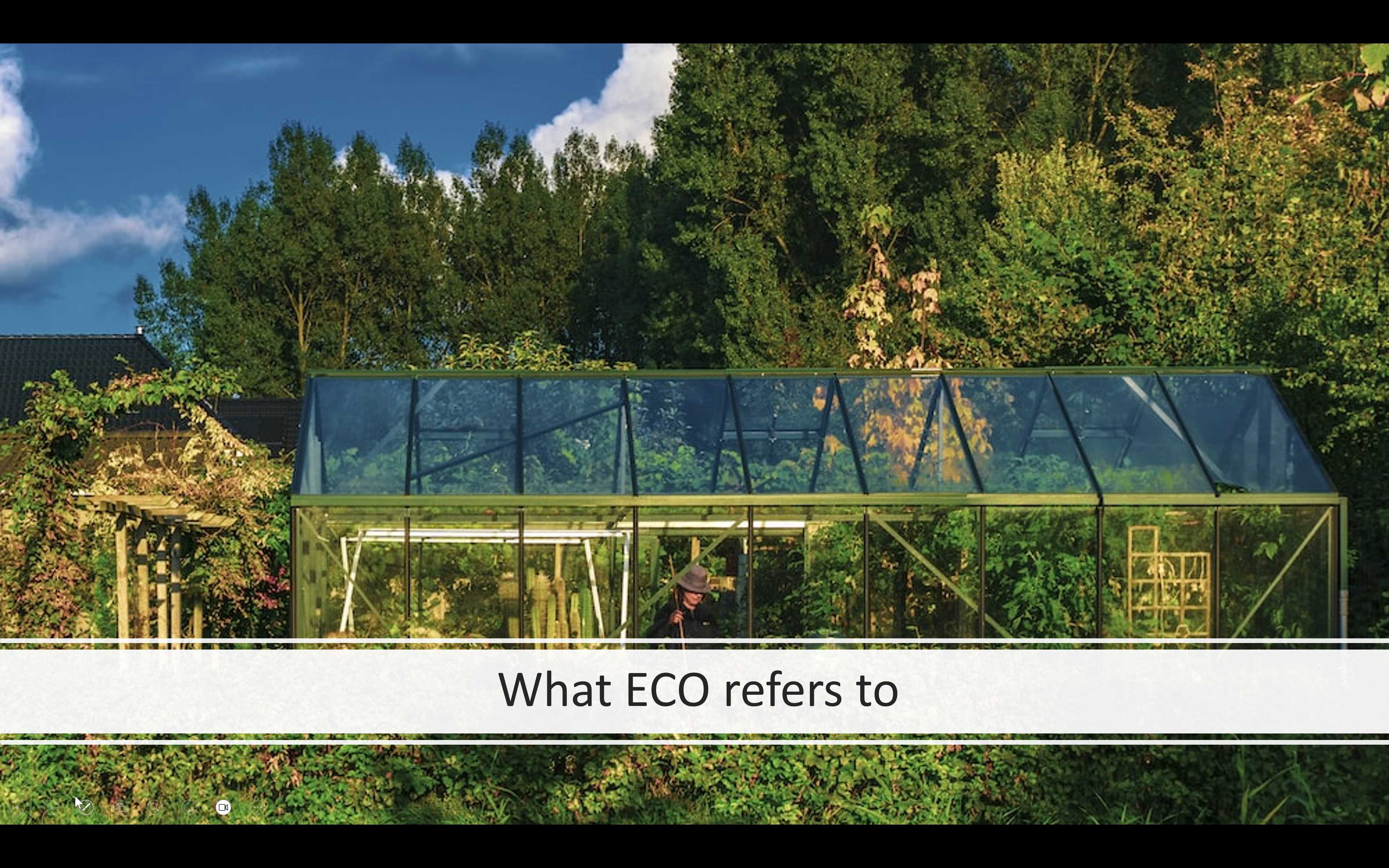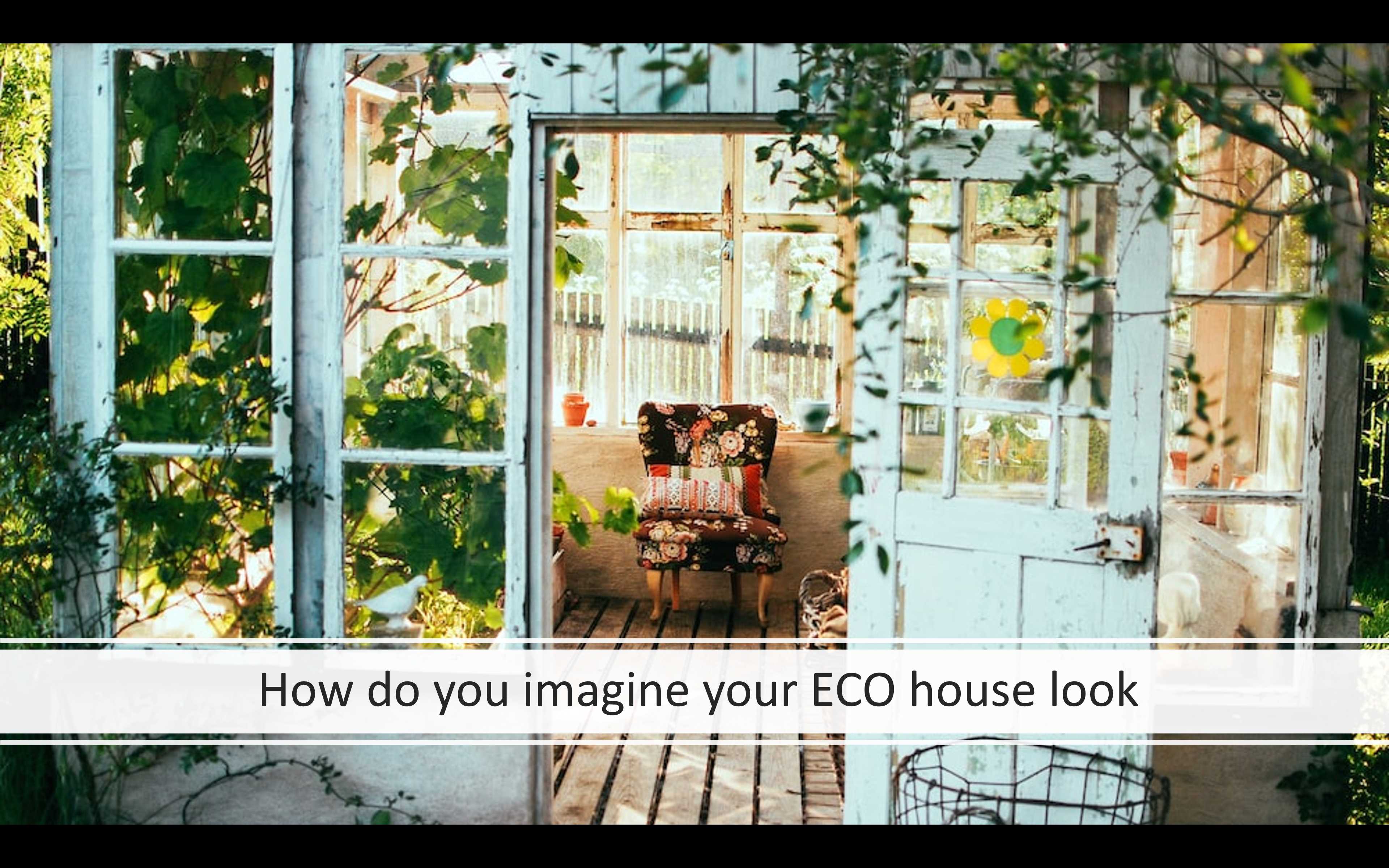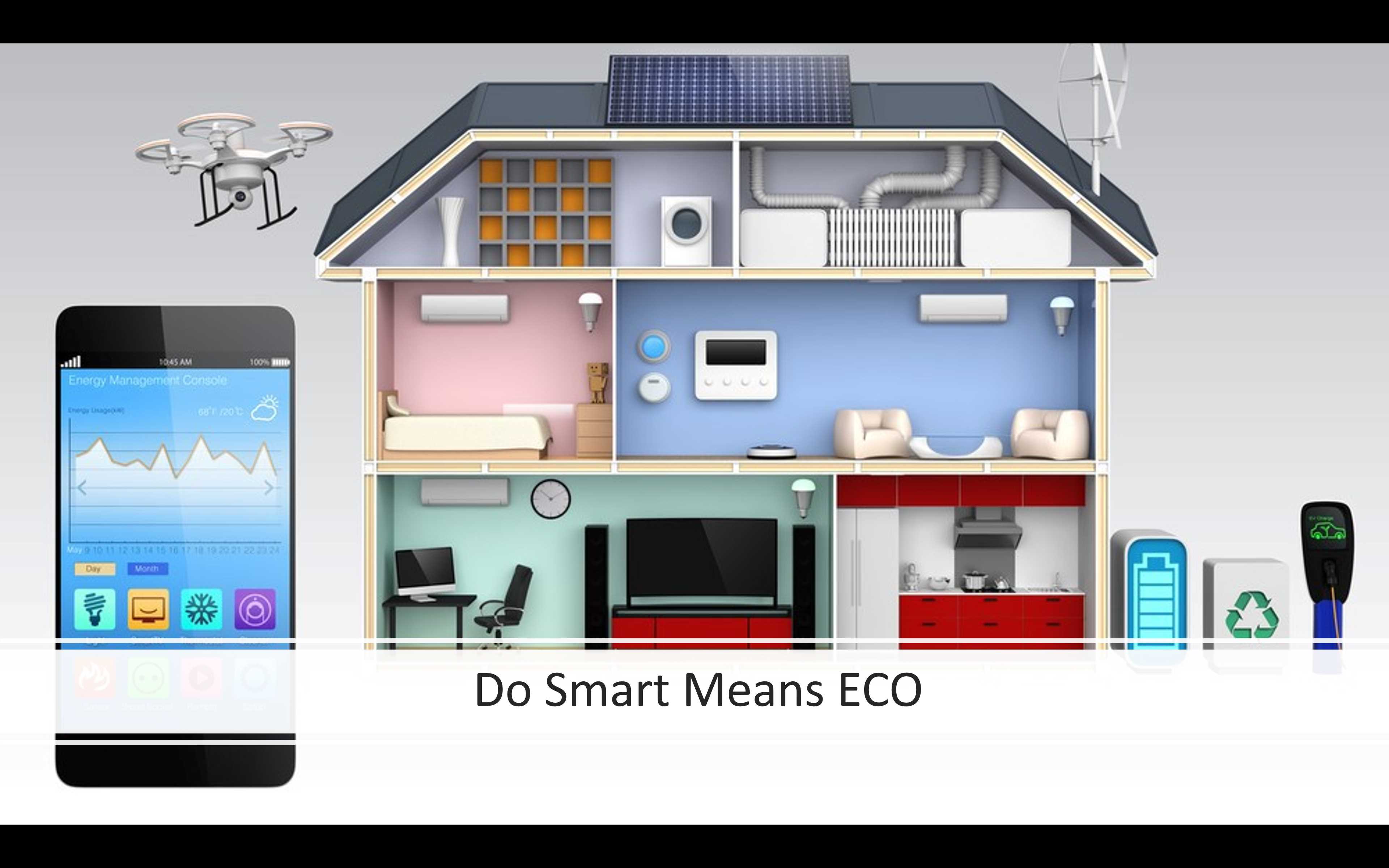Saving energy is currently a global priority, and while the methods to conserve energy are widely known today, the actual implementation of energy-saving systems remains a challenging endeavor.
In this session, participants will be introduced to various electronic components
essential for constructing a dimming circuit tailored for LEDs.
In this we will need the following:
1- Pre-cut paper house. –> LINK
2- Conductive Tape.
3- Transistor.
4- Resistors.
5- Batteries.
6- LED’s.
7- LDR.
8- Presentation
At the beginning, we usually start with Ice-breaking questions to get the participant attention and also to get them involved with us.


Now we will start getting into the topic deeper and engage the participant more in the topic.

Finally, I will end this part with a question to link it with the next part.

Here, we aim to elucidate the theory of energy and its various types, alongside the methods of energy generation. Additionally, we will delve into strategies for conserving energy and how we can actively contribute to optimizing energy savings on a personal level.
Energy permeates every aspect of existence, possessing the ability to perform work in various forms.
Then we will explain the ways to generate energy and the ways to conserve it.
Then We will ask the student the difference between LED bulbs and Incandescent Bulbs.
The following chart will show the power consumption of bulbs and How much they produce (LUMEN).
In this step, we will explain what we will DO exactly as a practical prototype.
We will be building a Smart house from paper and connect some electronics to it to make it smart that responds to light.